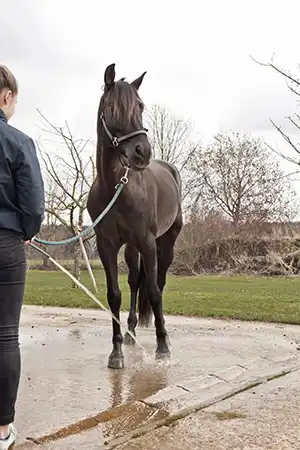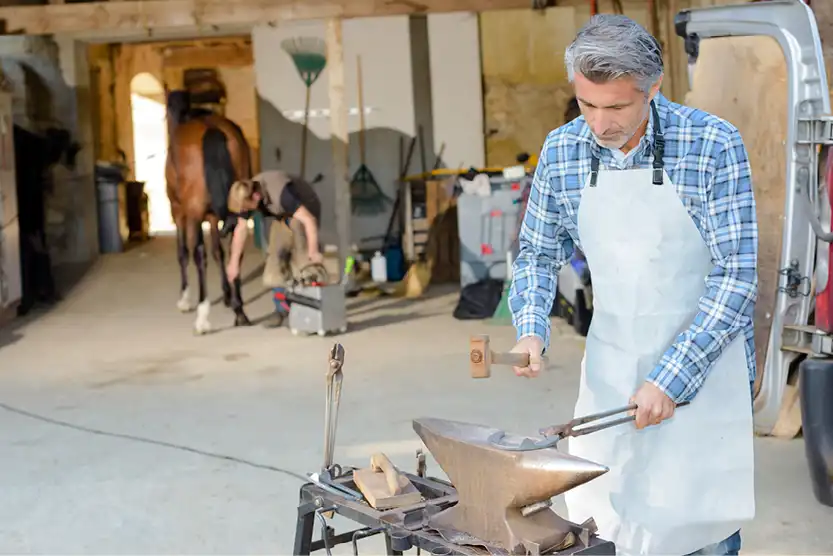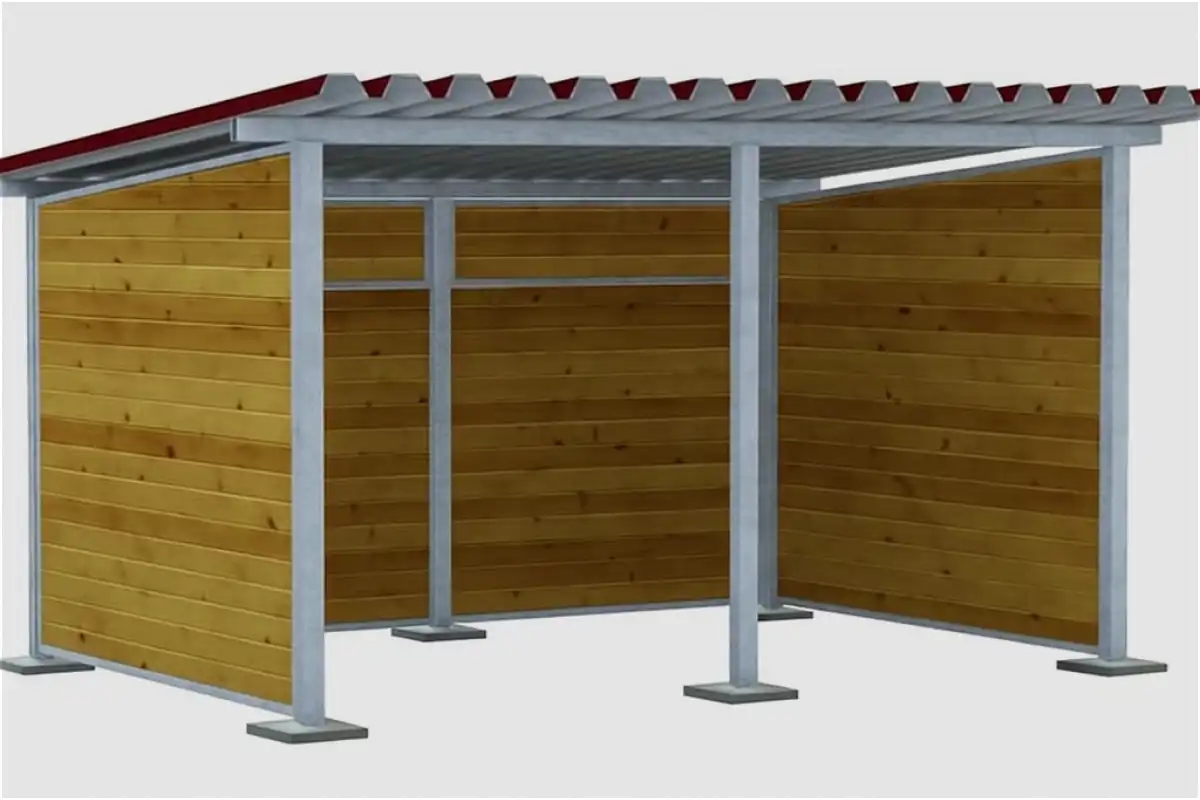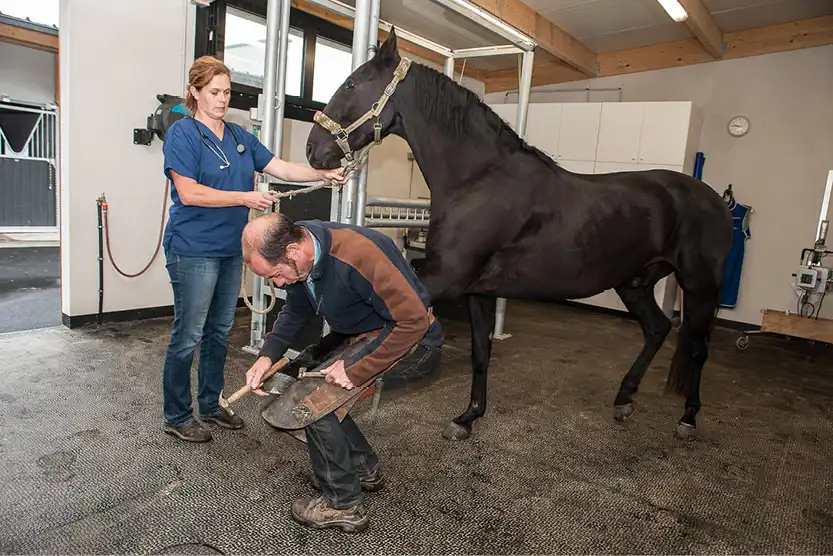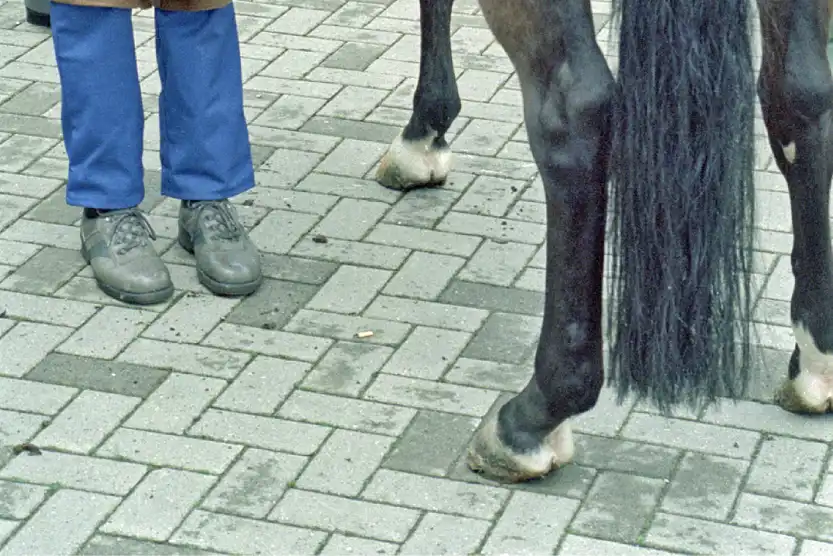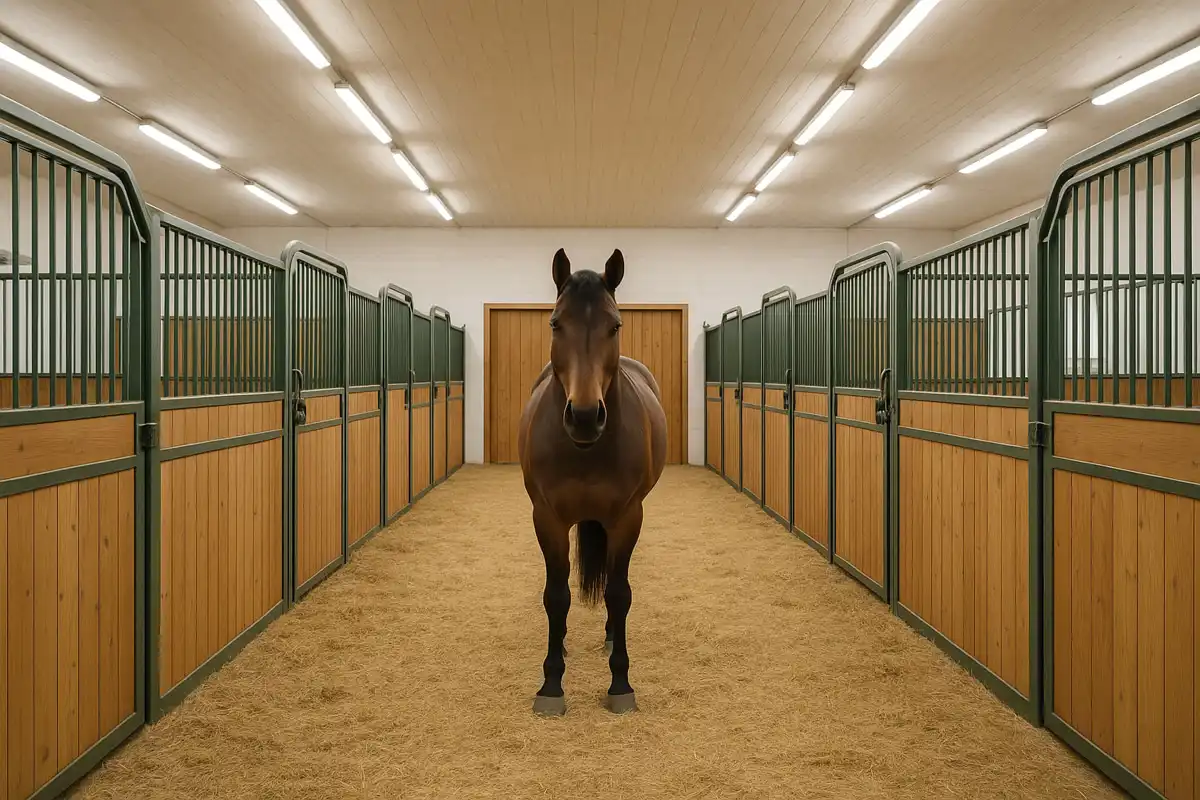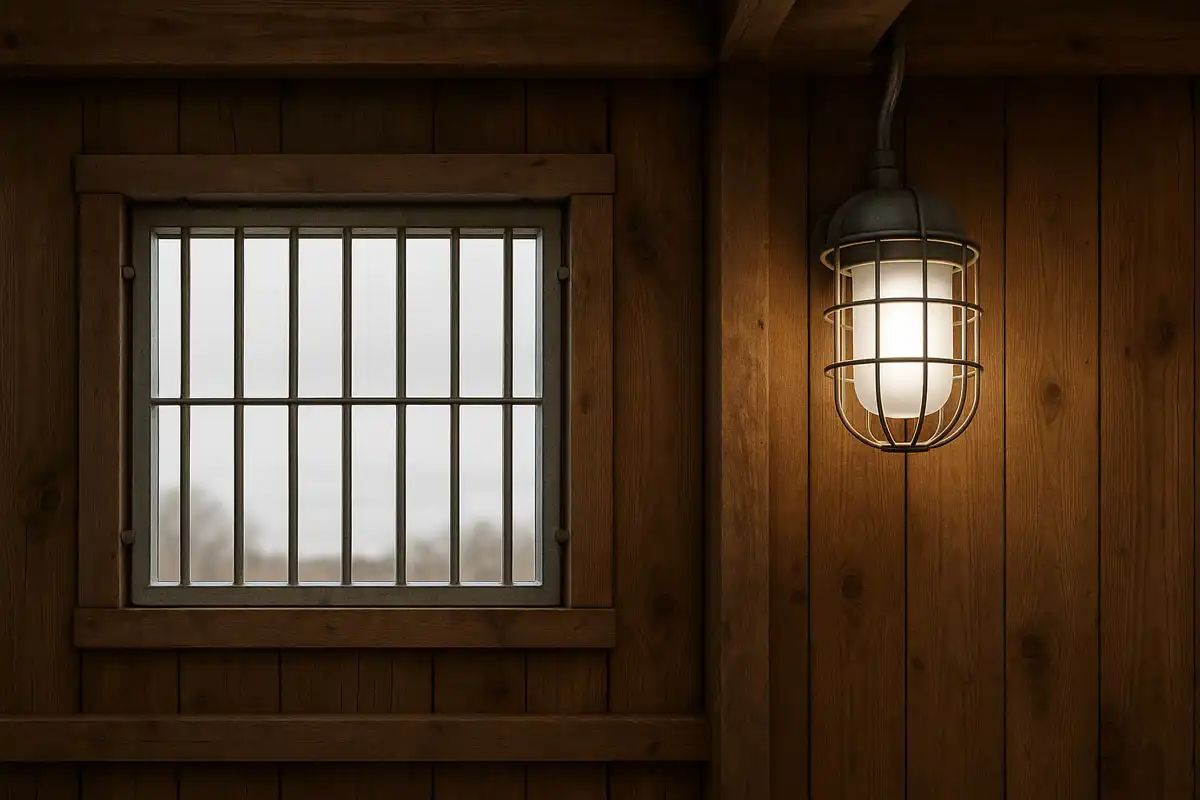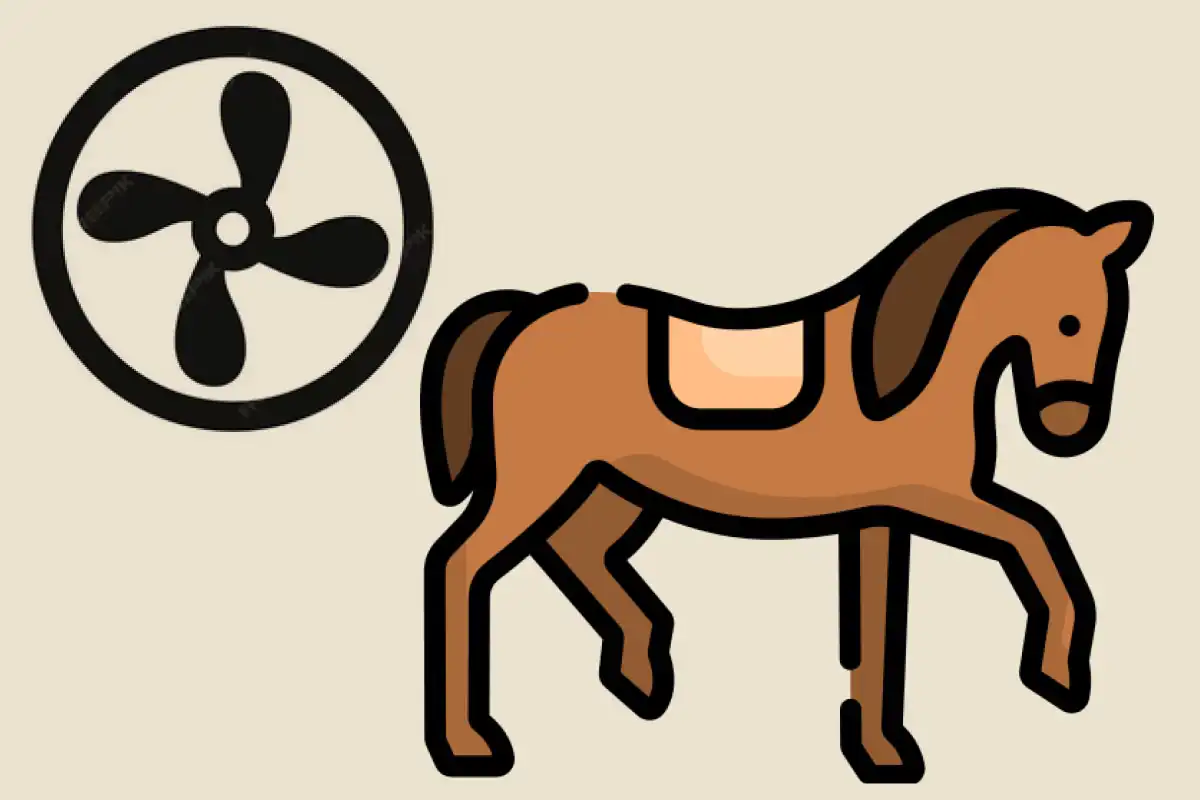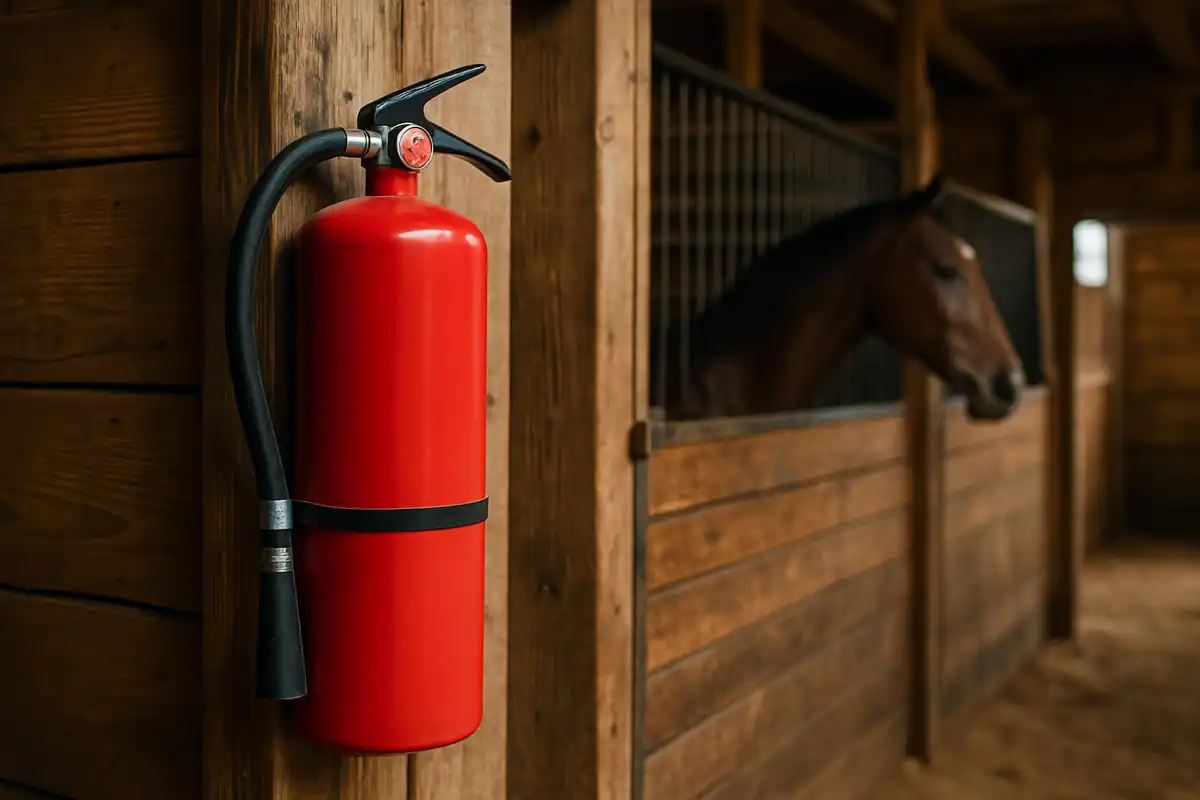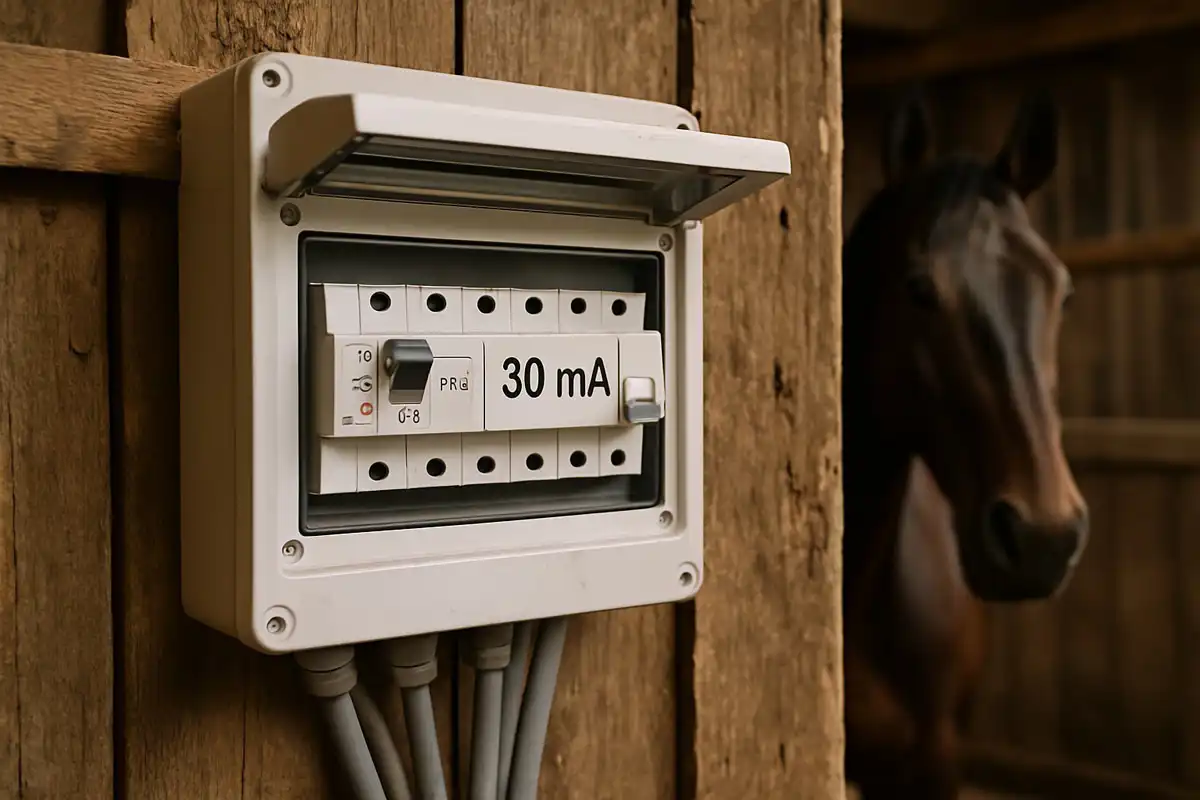Guide to preparing the horse and shoeing areas for the farrier
How to Prepare Your Horse for the Farrier
- Clean hooves, clean legs: Make sure your horse’s hooves and legs are clean and dry before the appointment. This allows the farrier to assess the hooves and movement properly.
- Practice makes perfect: Tying up and picking up the feet should be practiced regularly. A calm and cooperative horse makes the farrier’s work much easier – and keeps stress levels low for everyone.
- Stay calm: If your horse is nervous, it should be handled and reassured by a trusted person during the farrier’s visit.
- Suitable ground: Your horse should be easy to walk and trot on firm, level, and clean ground. If possible, provide a short trot-up area nearby. Bridling may also be useful, depending on the situation.
- Be ready in advance: Complete all preparations before the farrier arrives. This ensures the time can be used fully for hoof care.
- Share important information: Talk briefly with the farrier about your horse’s current use and health status. Any issues such as stumbling, brushing, or known medical conditions should always be mentioned.
Requirements for the Shoeing Area
3. Space and Dimensions
- Passage width: at least 2.5 m for horses, 0.8 m (ideally 1.0 m) for people.
- Passage height: 2.5 m for large horses, 2.0 m for ponies.
- Room height: minimum 3.5–4 m (3 m for small horses) to allow for rearing or kicking.
- Tying options: at withers height, flush-mounted in the wall, several height options recommended.
- Additional space: 5 × 5 m to tie a second horse.
- Safety distance: at least 2.5–3 m behind tied horses.
5. Lighting
- Minimum maintained illumination of 300 lux, evenly distributed on both sides of the horse.
- Fixtures should be installed parallel to the horse’s standing direction.
- Glare control: UGR value ≤ 25.
Note: The UGR value is a useful comparison figure for luminaires but may not reflect the exact glare level in individual rooms. However, in practice, a luminaire with a UGR of 16 will most likely cause less glare than one rated at 25 under identical conditions. - Neutral white light is recommended.
10. Power Supply and Electrical Safety
- 230 V, 16 A power supply for welding machines, grinders and drills.
- Residual current device (RCD 30 mA, mandatory since 2009) for all sockets.
- Cables must be routed outside the horse’s reach (risk of stepping on or biting).
- For veterinary work at the shoeing area, an isolation transformer is recommended.

